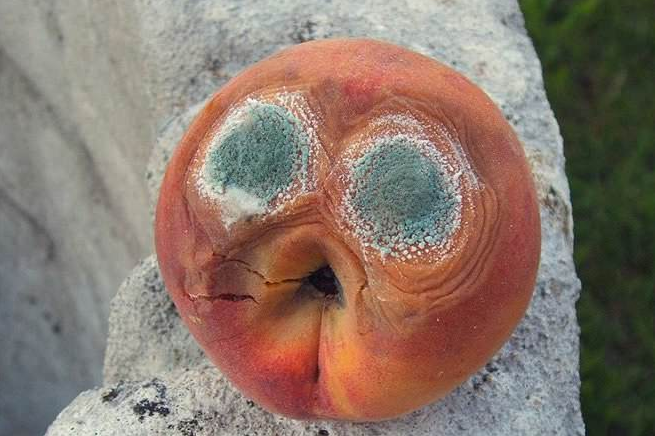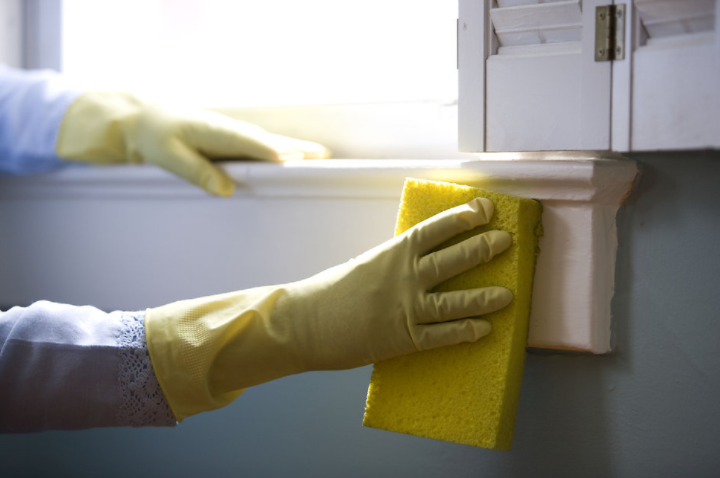
We all know that mold and mildew are both types of fungus, but what else do they have in common? How are they not alike, and how do they each affect our health? Understanding their differences can help homeowners protect their home and bodies from both.
How They’re The Same
First of all, both mold and mildew grow and thrive in damp, humid places—either inside or outside. They both spread quite easily and require an organic food source, such as soil, plants, drywall, or wood. Both can also get pretty out of hand if left alone for too long.
Their Appearances
Mold is typically slimy or fuzzy, and manifests itself in patches that have different colors (brown, gray, blue, white, black, green, or yellow).
Mildew tends to be powdery or downy, and has a flat growth pattern. Powdery mildew is white, then turns yellow, then turns black. Downy mildew is yellow, then turns brown.
Health Risks
When people and animals are exposed to mold, it can create mild to severe health issues, including sinus problems, sneezing, coughing, wheezing, sore throat, migraines, itching, rashes, fatigue, and much more.
Mildew exposure can cause similar problems, but not as many. Usually mildew symptoms are limited to coughing, headaches, sore throat, and trouble breathing.

Where They Grow
Mold has the ability to grow on any organic surface inside a home. If mold growth becomes severe enough, it can rot the material it’s growing on and cause serious damage.
Mildew sticks mostly to plants, and can sometimes kill them if not properly removed in time.
How To Prevent Them
This is another area where mold and mildew are very similar. You can help prevent them both by keeping your home as dry as possible. This means keeping leaks repaired, ventilating your appliances, and following tips to keep moisture out of the air.
How To Remove Mold And Mildew
It’s not always a good idea to try and remove mold and mildew yourself, especially if the area you’re working in is not well-ventilated. If you’re determined to try it yourself, be sure to wear a facial mask to stop yourself from breathing in spores, and rubber gloves to keep your skin safe.
It’s really best to have a professional handle your mold or mildew situation in order to avoid any serious health problems. Experts will understand how to take care of the mold and mildew, and how to tell the difference between them. In many cases, it’s not so much about removing mold and mildew as it is bringing it to an acceptable level for humans to be around.
Not sure if you have mold or mildew? Why not let us come take a look—for free! We offer inspections to assess the situation and to see how we can help. We’re a Las Vegas restoration company with an incredible track record with our customers, and we’d love to help you out! To learn more about our mold and mildew remediation services, contact Pro Restoration today.


